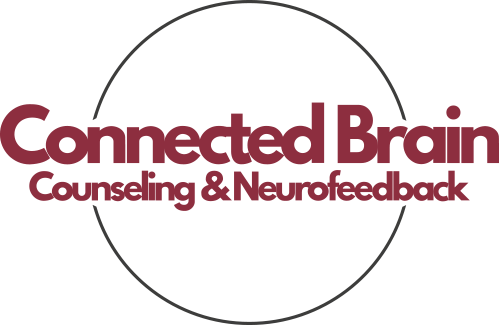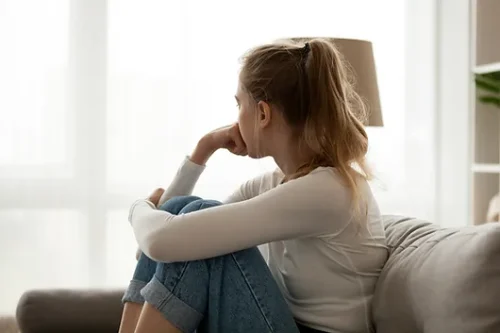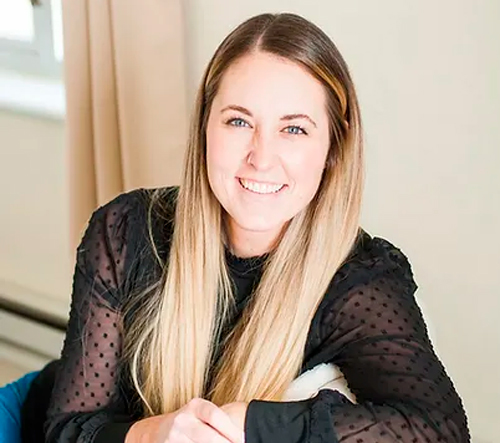What is Anxiety?
Anxiety is a natural response to stress, but when it becomes overwhelming or constant, it may develop into an anxiety disorder. Anxiety disorders include generalized anxiety disorder (GAD), panic disorder, social anxiety disorder, and others. Common symptoms of anxiety include restlessness, rapid heartbeat, excessive worry, muscle tension, and trouble concentrating.
Common Causes of Anxiety
Anxiety can stem from various sources. Some people may have a genetic predisposition to anxiety, while others may develop it due to life experiences, such as trauma, stress, or prolonged exposure to challenging situations. Major life changes, such as moving, losing a job, or the end of a relationship, can also trigger anxiety.
Effective Strategies to Manage Anxiety
There are several ways to manage anxiety, ranging from self-help techniques to professional treatment options. Here are some of the most effective methods:
1. Practice Mindfulness and Meditation
Mindfulness practices, such as meditation and deep breathing exercises, can help reduce anxiety by calming the mind and allowing you to focus on the present moment. These techniques can train the brain to respond differently to stress, reducing its impact on your mental health.
2. Engage in Physical Activity
Exercise is known to boost mood and reduce anxiety. Whether it’s a walk, yoga, or a gym workout, physical activity releases endorphins, which are natural mood elevators. Even 30 minutes of exercise a day can significantly reduce symptoms of anxiety.
3. Limit Caffeine and Alcohol Intake
Both caffeine and alcohol can worsen anxiety symptoms by stimulating your nervous system. Reducing or eliminating these substances can help lower your overall anxiety levels.
4. Establish a Regular Sleep Routine
Poor sleep can exacerbate anxiety, so establishing a consistent sleep schedule is vital. Try to go to bed and wake up at the same time every day, and create a calming bedtime routine to help your body relax before sleep.
5. Seek Professional Help
If anxiety becomes unmanageable, seeking professional help can be an effective solution. Cognitive-behavioral therapy (CBT) is one of the most commonly recommended treatments for anxiety. It helps individuals identify and challenge negative thought patterns, replacing them with more positive, constructive ways of thinking.
 How Therapy Can Help with Anxiety
How Therapy Can Help with Anxiety
Therapy is a powerful tool for managing anxiety. A therapist can help you explore the underlying causes of your anxiety and develop personalized coping strategies. Cognitive-behavioral therapy (CBT), in particular, is a proven method for reducing anxiety by addressing negative thinking patterns and replacing them with healthier ones.
In addition to CBT, other therapeutic approaches, such as exposure therapy or acceptance and commitment therapy (ACT), can help individuals gradually face their fears and build resilience to anxiety-provoking situations.
National Institute of Mental Health – Anxiety Disorders
Mayo Clinic – Anxiety Disorders: Symptoms and Causes
Anxiety can be overwhelming, but it’s important to remember that help is available. By implementing self-care strategies and seeking professional help when necessary, you can manage your anxiety and live a healthier, more fulfilling life.
If you’re struggling with anxiety and looking for guidance, reach out to Connected Brain Counseling. We offer professional therapy services designed to help you cope with anxiety and regain control of your mental health. Contact us today for a free consultation and take the first step toward a calmer, more balanced life.





